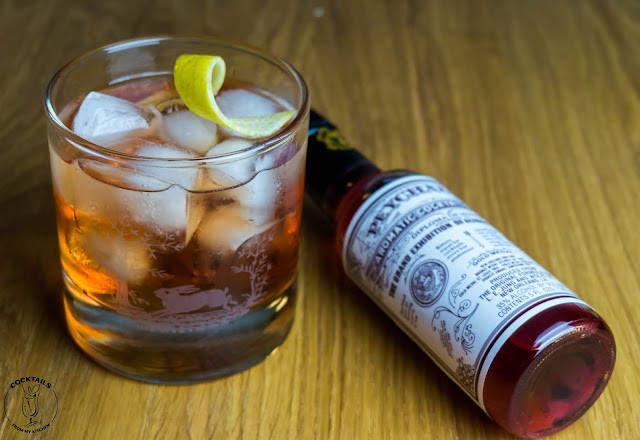Back after a long pause while I moved from Germany to Estonia, fond a new job and settled down.
So I wanted to start this year with a classic and a very tasty cocktail.....the Sazerac
Around 1850, Sewell T. Taylor sold his New Orleans bar, The Merchants Exchange Coffee House, to become an importer of spirits, and he began to import a brand of cognac named Sazerac-de-Forge et Fils. Meanwhile, Aaron Bird assumed proprietorship of the Merchants Exchange and changed its name to Sazerac Coffee House.
Legend has it that Bird began serving the "Sazerac Cocktail", made with Sazerac cognac imported by Taylor, and allegedly with bitters being made by the local apothecary, Antoine Amedie Peychaud. The Sazerac Coffee House subsequently changed hands several times, when around 1870, Thomas Handy became its proprietor. It is around this time that the primary ingredient changed from cognac to rye whiskey, due to the phylloxera epidemic in Europe that devastated the vineyards of France
At some point before his death in 1889, Handy recorded the recipe for the cocktail, which made its first printed appearance in William T. "Cocktail Bill" Boothby's The World's Drinks and How to Mix Them (1908),although his recipe calls for Selner Bitters, not Peychaud's. After absinthe was banned in the US in 1912, it was replaced by various anise-flavored liqueurs, most notably the locally produced Herbsaint, which first appeared in 1934
3 ounces straight rye whiskey
3/4 ounce simple syrup
Peychaud's bitters to taste
Hersaint to rinse the glass





